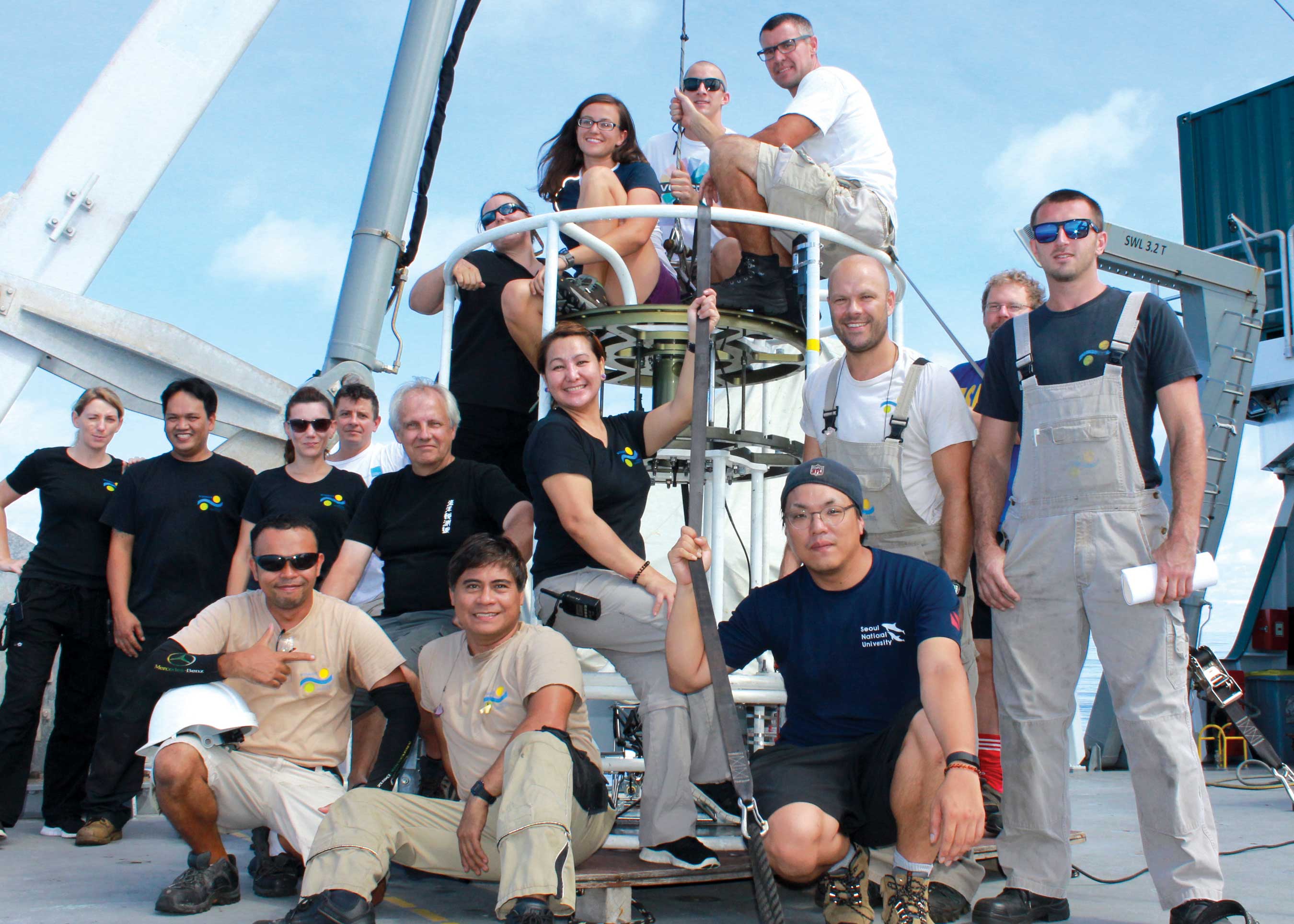Four years after the launch of research vessel Falkor, Schmidt Ocean Institute continues to support at-sea oceanography around the world, disrupting ocean research with innovative technologies, intelligent observation and data analysis, and open sharing of information. The year of 2015 presented our institute with many unique opportunities to advance our mission, create global impact, and make it one of our most successful years.
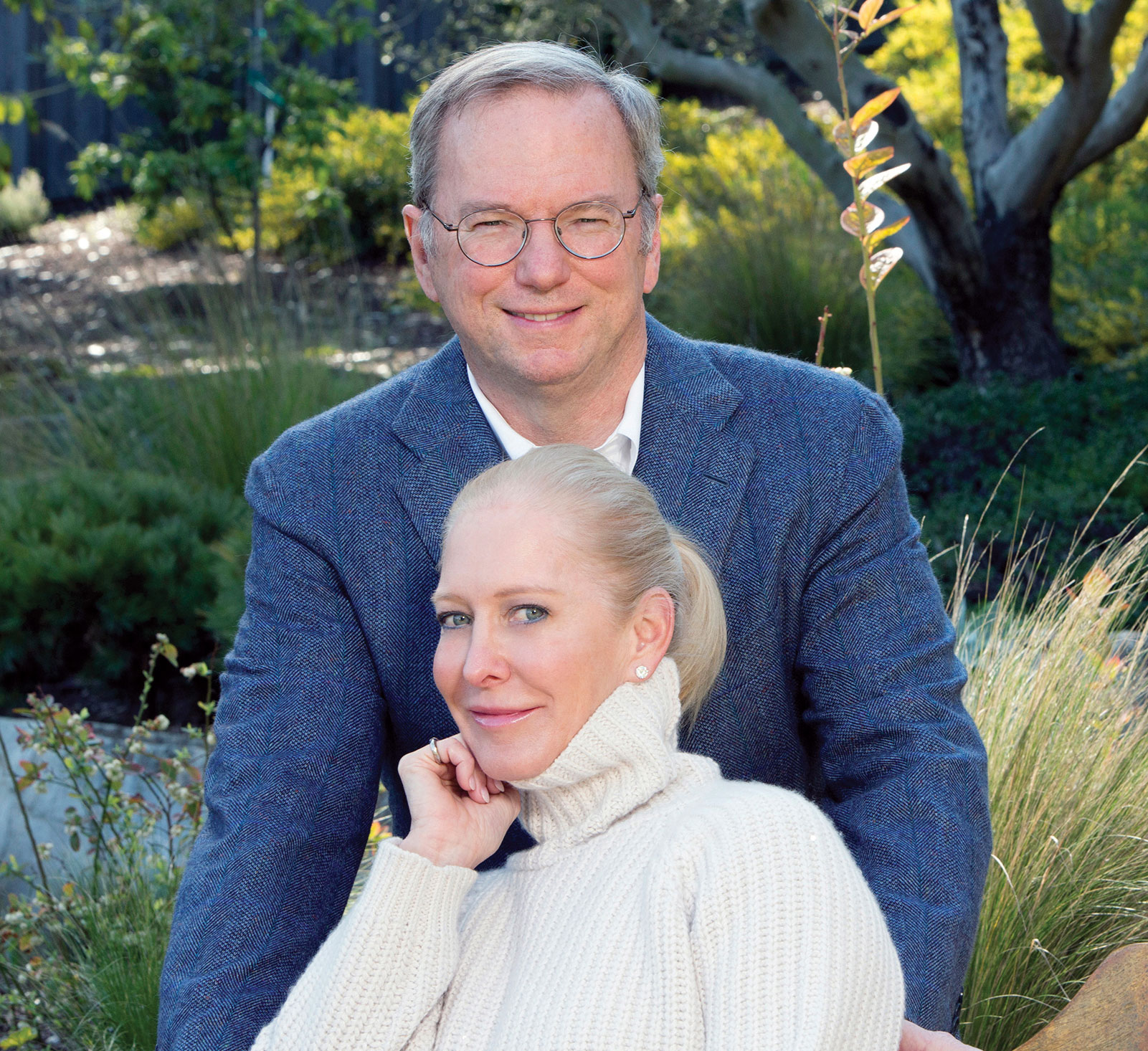
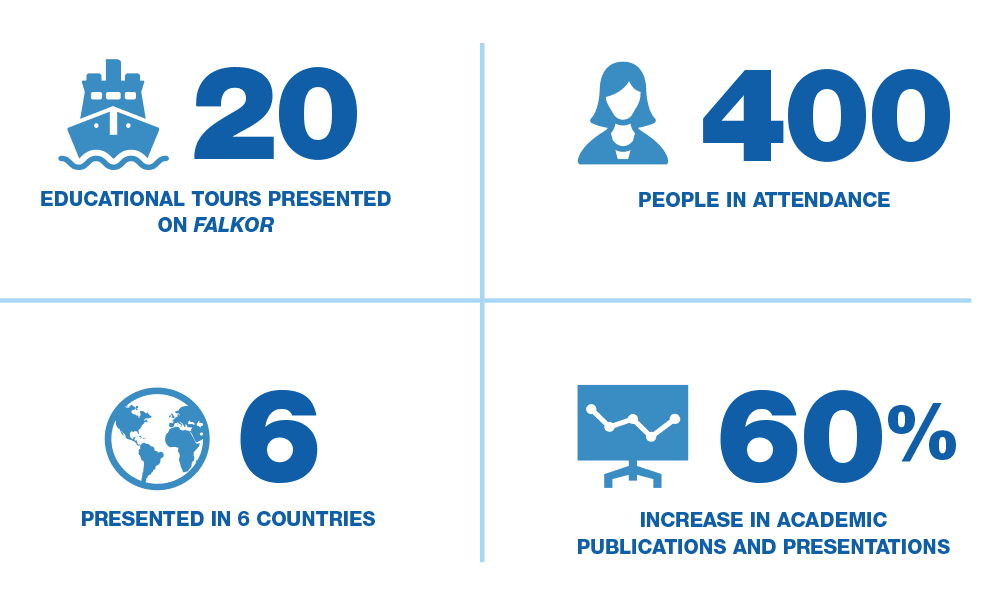
Comprehensive understanding of the ocean’s complex biophysical dynamics relies heavily on numeric modeling. While oceanographic data are collected at sea, their assimilation into models usually takes place on shore, where computing resources are readily available. This approach creates delays with data integration and makes it hard to adjust the course of observations at sea in response to insights from the incoming data. To shorten feedback between observations and modeling and provide researchers with better visibility into observed processes, Schmidt Ocean Institute installed a high performance computer (HPC) on Falkor, making her the first research vessel with a supercomputing system freely available to the global oceanographic community. In 2015, Falkor’s HPC supported three separate cruises, modeling the internal tides in the Tasman Sea, biophysical dynamics in the Timor Sea, and assimilating seafloor imagery into 3D photomosaics at Scott Reef.
In March, Falkor supported the first ever deep robotic survey of the previously unexplored Perth Canyon in Western Australia using a combination of multibeam acoustic mapping and interactive visual surveys with a remotely operated vehicle (ROV) deployed from Falkor. This was the first time such a project was ever conducted in Australian waters where every ROV dive was planned using fresh acoustic bathymetry from alternating multibeam surveys. According to the Principal Investigator, Dr. Malcolm McCulloch from the University of Western Australia, this methodology revolutionized coastal oceanography in the region, by demonstrating how much more efficient scientists can be if they have access to both of these advanced technologies in one expedition. Many new species were observed in Western Australian waters for the very first time during this cruise.
In late April, Falkor supported an unconventional research project focused on advancing autonomous ocean survey technologies. An international team of roboticists field-tested innovative vehicle control and coordination algorithms, enabling real time monitoring and localization of multiple autonomous vehicles, coordinated operation among heterogeneous robotics, and intelligent communications to share sensing capabilities, propagate mission-relevant information, and manage operational risks. The robots also collected hundreds of thousands of underwater images of the remote Scott Reef, which were consolidated into three-dimensional mosaics to enable characterization and shared with the public enabling user-guided virtual exploration of never before seen marine habitats. This process established a foundation for the detailed computational characterization via a citizen science image tagging program.
Sharing our laboratories, computing and communications facilities aboard Falkor is the first step in creating a new kind of collaborative marine science community.
— Wendy Schmidt, Founder, Schmidt Ocean Institute
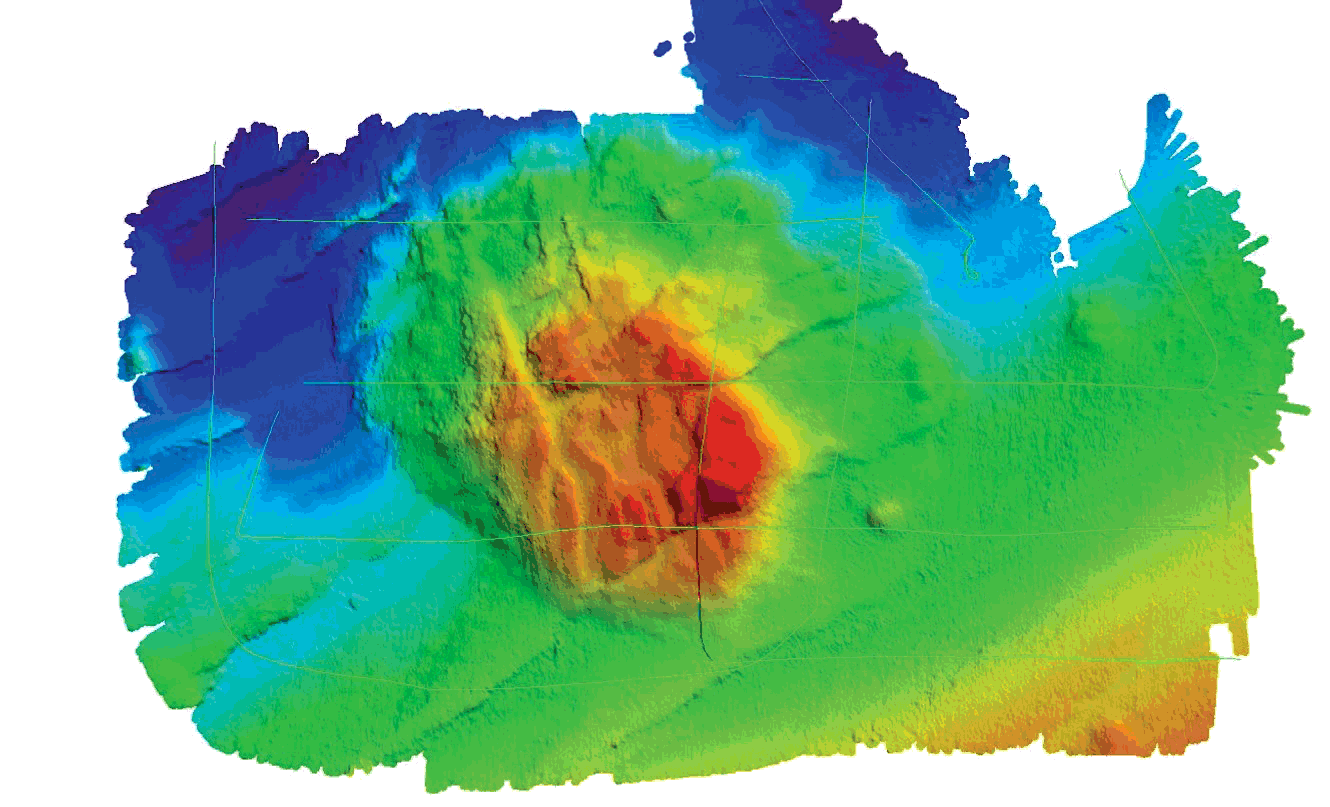
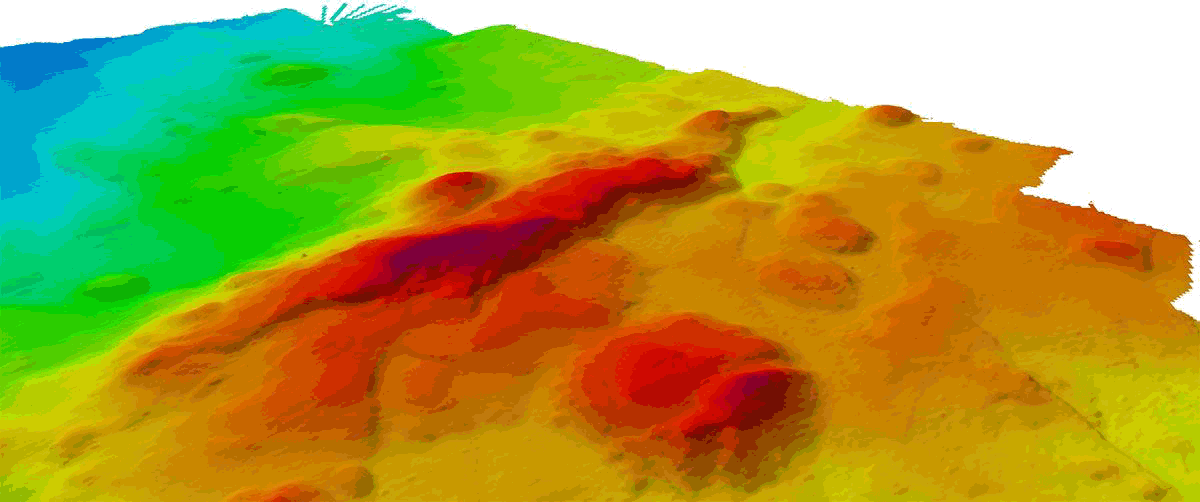
At the end of 2015, Schmidt Ocean Institute acquired over 367,571 km² of detailed, 3D seafloor imagery, covering an area greater than most European countries. For the first time, Falkor supported seismic profiling and seafloor mapping in Indonesian waters off the west coast of Sumatra, producing maps with greater resolution than ever seen before in this region. These maps will provide critical information for predicting the likelihood of a tsunami-causing earthquake in the area. This year, Falkor also mapped nearly one million square kilometers of the world’s single largest underwater volcano and supported the discovery of two underwater features, subsequently named Falkor Seamount and Engineers’ Ridge.
Schmidt Ocean Institute joined the Rolling Deck to Repository (R2R) oceanographic data collection project this year, ensuring that all underway shipboard data is openly and freely shared. During our Coordinated Robotics cruise, in collaboration with the Australian Centre for Field Robotics (ACFR), we used a web-based citizen science image tagging software, Squidle, to obtain over 22,000 image tags. The tags were used to train machine learning algorithms to derive pixel-by-pixel classification of features in the acquired seafloor images. Additionally, Schmidt Ocean Institute has streamed over 132 hours of HD videos to YouTube in real time, bringing the beautiful coral reef and underwater canyons to over 11,000 viewers and expanding a collection of openly available oceanographic observational data.
Schmidt Ocean Institute is committed to sharing the outputs of its research with the scientific community, classrooms, and public around the world. Just this past year, 72 academic publications and presentations were produced from previous research completed on Falkor. Our team reached more than 3,000 individuals through virtual classroom connections as part of our Ship-to-Shore Program. Four students with no prior seagoing research experience joined Falkor through the new Student Opportunities program, which was in addition to the 33 college and graduate students who sailed on Falkor with the science party. We were also proud to see Schmidt Ocean Institute featured as one of the 2015 Editor’s Choice Top Five Stand-Outs in the Marine Technology Reporter’s annual Top 100 innovators in the maritime industry.
In alignment with Schmidt Ocean Institute’s Innovate, Explore, Share motto, in 2015 we supported a host of projects in collaboration with leading research groups from Australia, Indonesia, Singapore, Germany, Italy, Korea, and the United States. Since 2013, we have worked with 371 scientists from 87 institutions across 19 countries, including 108 experts from 31 organizations who sailed on Falkor in 2015. We continue to broaden our network of partners and collaborating institutions from government agencies to major universities, all working together to accelerate the pace of ocean science. We are excited to share with you our experiences and discoveries from 2015, and this is only the beginning.
A characteristic of great innovators is they see a space that others do not. The role of Schmidt Ocean Institute is to find and work with the very best innovators to accelerate the pace of ocean science.
– Eric Schmidt, Founder, Schmidt Ocean Institute
